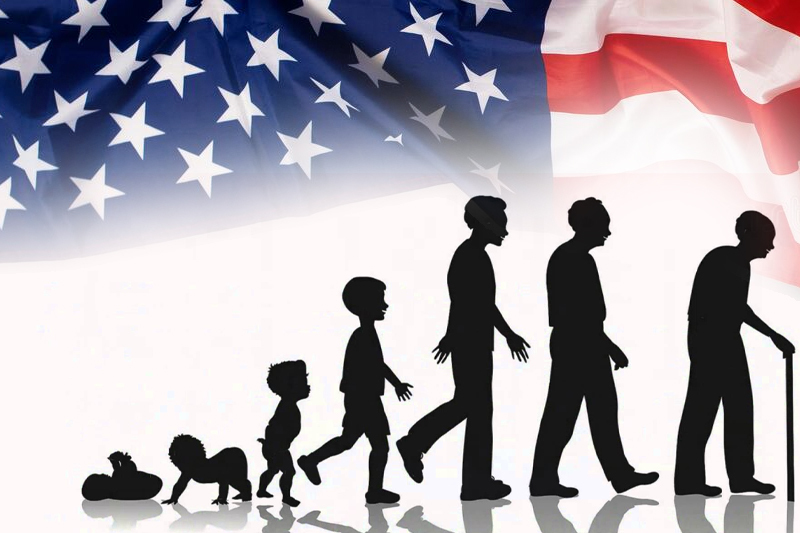
Life expectancy in US down by at least a year, 2021 review indicates
United States life expectancy has witnessed a drop for the second consecutive year in 2021, by reducing by nearly a year from that in 2020, a new report by government released on Wednesday underlines. In the first two years of the Covid-19 pandemic, estimated lifespan of an American has reduced by around three years. The last similar plunge was witnessed in the early 1940s, during the peak of catastrophic World War II.
“It’s a dismal situation. It was bad before and it’s gotten worse,” said Samuel Preston, a University of Pennsylvania demographer.
About half of the decline in life span in 2021 has been blamed on Covid-19 pandemic by the Centers for Disease Control and Prevention officials, the year when Covid-19 vaccinations had become widely available but new variants led to surge in hospitalizations and deaths. Other contributing factors to the decline are chronic issues such as drug overdoses, heart disease, suicide and chronic liver disease.
Keep Reading
Life expectancy can be defined as an estimate of the average number of years a new born in a given year is expected to live, given death rates at that time. It is “the most fundamental indicator of population health in this country,” said Robert Hummer, a University of North Carolina researcher focused on population health patterns.
The life expectancy in United States recorded a consistent rise for decades, but that progress was stalled by the pandemic. In 2019, the life expectancy of an American was 78 years and 10 months. It dropped to 77 years in 2020, and further declined in 2021 to 76 years and 1 month.
The decline was, however, more drastic for certain racial groups. The Associated Press gives a perfect explanation through an example – “life expectancy for American Indian and Alaskan Native people saw a decline of more than 6 1/2 years since the pandemic began, and is at 65 years. In the same span, life expectancy for Asian Americans dropped by about two years, and stands at 83 1/2.” The reasons for this difference can be multiple, such as lack of quality healthcare access, lower vaccination rate and low paying jobs that required them to work through the pandemic.




